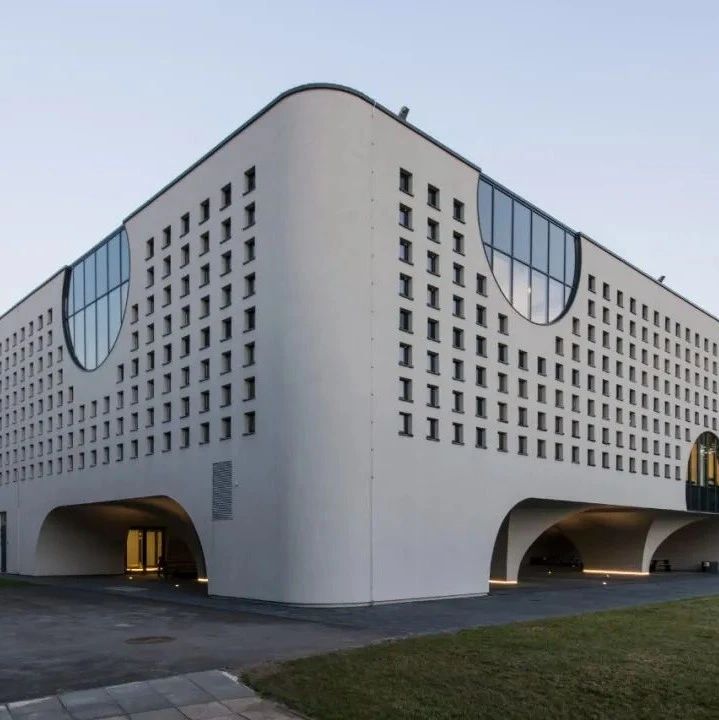剖面图
建筑师:Architectural Bureau G.Natkevicius & Partners
地点:立陶宛
面积:5217 m²
年份:2020
本文来自微信公众号“建筑设计之家”(ID:jianzhu78)。大作社经授权转载,该文观点仅代表作者本人,大作社平台仅提供信息存储空间服务。
newspaper-x 域的翻译加载触发过早。这通常表示插件或主题中的某些代码运行过早。翻译应在 init 操作或之后加载。 请查阅调试 WordPress来获取更多信息。 (这个消息是在 6.7.0 版本添加的。) in /var/www/html/wp-includes/functions.php on line 6121

剖面图
建筑师:Architectural Bureau G.Natkevicius & Partners
地点:立陶宛
面积:5217 m²
年份:2020
本文来自微信公众号“建筑设计之家”(ID:jianzhu78)。大作社经授权转载,该文观点仅代表作者本人,大作社平台仅提供信息存储空间服务。
